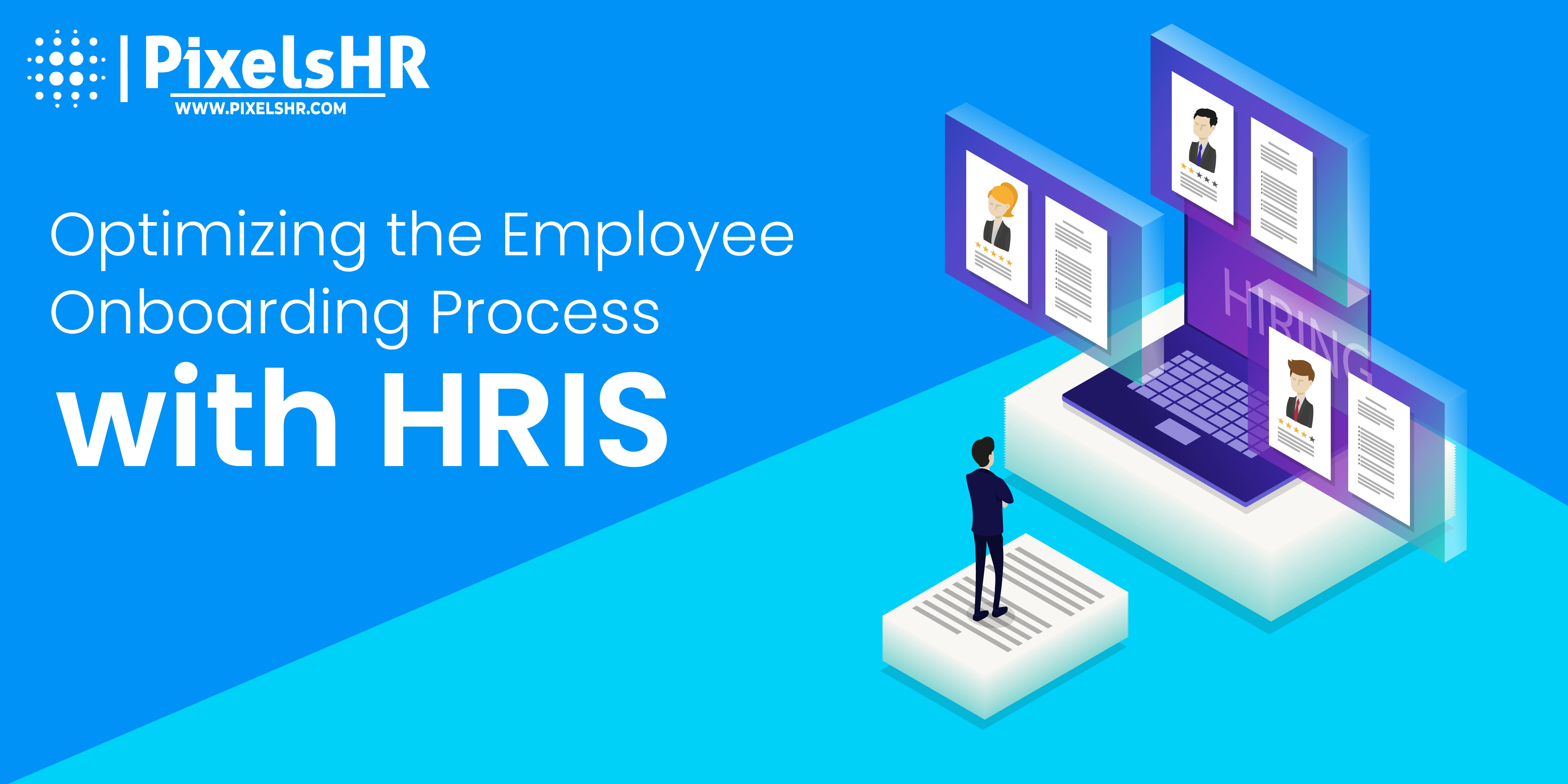How to Optimize the Employee Onboarding Process with HRIS
Jul 27, 2024Optimizing the Employee Onboarding Process with HRIS
Introduction
Employee onboarding is a crucial phase in the employment lifecycle that sets the tone for a new hire's journey within an organization. An effective onboarding process not only helps new employees acclimate to their roles but also enhances their engagement and retention. In today’s digital age, leveraging a Human Resource Information System (HRIS) can significantly optimize this process, ensuring a seamless and efficient transition for new hires.
Understanding the Significance of Employee Onboarding

The onboarding process is more than just an orientation; it’s an opportunity to integrate new employees into the company culture, provide them with the necessary tools and information, and set them up for success. A well-structured onboarding process can lead to higher job satisfaction, better performance, and increased employee retention.
Role of HRIS in Streamlining the Onboarding Process
HRIS, or Human Resource Information System, is a comprehensive software solution designed to manage HR processes and data. When it comes to onboarding, HRIS can automate and streamline various tasks, making the process more efficient and less time-consuming for both HR professionals and new hires.
Preparing for Onboarding with HRIS
Centralized Document Management
One of the key features of an HRIS is centralized document management. This allows all necessary onboarding documents to be stored in one place, accessible to both HR and new employees. From employment contracts to tax forms, having all documents readily available simplifies the onboarding process and reduces the risk of errors or missing information.
Automated Onboarding Workflows
HRIS can automate many of the repetitive tasks involved in onboarding. Automated workflows ensure that every step of the onboarding process is completed in a timely manner, from sending welcome emails to schedFuling training sessions. This not only saves time but also ensures a consistent onboarding experience for all new hires.
Simplifying Administrative Tasks
Administrative tasks can be overwhelming for both HR and new employees. HRIS simplifies these tasks by allowing digital completion and submission of forms, automated task assignments, and easy access to essential information. This reduces the administrative burden and allows HR professionals to focus on more strategic activities.
Digital Forms and Document Signatures
Gone are the days of printing, signing, and scanning documents. With HRIS, digital forms and document signatures can be completed online, saving time and reducing paper usage. This not only streamlines the process but also ensures that all documents are securely stored and easily retrievable.
Automated Task Assignments
HRIS can automatically assign tasks to new employees and their managers, ensuring that nothing falls through the cracks. Whether it’s completing mandatory training or meeting with key team members, automated task assignments help keep everyone on track and accountable.
Providing Information and Resources
Access to Company Policies and Handbooks
New employees need to understand company policies and procedures from day one. HRIS can provide easy access to company handbooks, policy documents, and other important resources. This ensures that new hires are well-informed and can quickly get up to speed.
Training Materials and Resources Integration
Integrating training materials and resources into the HRIS allows new employees to complete required training at their own pace. This flexibility can lead to better retention of information and a more effective onboarding experience.
Facilitating Communication and Engagement
Introduction to Team Members via HRIS
HRIS can facilitate introductions between new employees and their team members. Features such as organizational charts, employee directories, and team profiles help new hires understand the company structure and build relationships with colleagues.
Onboarding Surveys and Feedback Mechanisms
Gathering feedback from new employees about their onboarding experience is essential for continuous improvement. HRIS can automate the distribution of onboarding surveys and collect feedback, providing valuable insights for refining the process.
Tracking Progress and Performance
Onboarding Progress Tracking
HRIS provides tools for tracking the progress of new employees through the onboarding process. This visibility ensures that all tasks are completed on time and allows HR to intervene if any issues arise.
Performance Goal Setting during Onboarding
Setting performance goals during onboarding helps new employees understand what is expected of them and sets the stage for their future success. HRIS can facilitate this process by allowing managers to set and track goals, ensuring alignment with organizational objectives.
Ensuring Compliance and Documentation
Compliance Checklists and Reminders
Compliance is a critical aspect of onboarding. HRIS can include compliance checklists and automated reminders to ensure that all necessary steps are completed. This reduces the risk of non-compliance and potential legal issues.
Documenting Onboarding Activities for Audit Purposes
Keeping detailed records of onboarding activities is important for audit purposes. HRIS can automatically document each step of the process, providing a clear audit trail and ensuring that all compliance requirements are met.
Continuous Improvement and Feedback
Gathering Feedback for Onboarding Process Improvement
Continuous improvement is key to a successful onboarding process. HRIS can collect feedback from new hires and HR staff, identifying areas for improvement and ensuring that the onboarding process evolves to meet the needs of the organization.
Iterative Updates to Onboarding Processes in HRIS
Based on feedback and performance data, HRIS allows for iterative updates to onboarding processes. This flexibility ensures that the onboarding process remains effective and responsive to the changing needs of the organization.
Conclusion
Leveraging HRIS to optimize the employee onboarding process can lead to a more seamless and effective experience for new hires. By automating administrative tasks, providing easy access to information and resources, facilitating communication, and ensuring compliance, HRIS helps create an onboarding process that enhances employee engagement and retention. By continuously improving the onboarding process based on feedback and performance data, organizations can ensure that new hires are set up for success from day one.